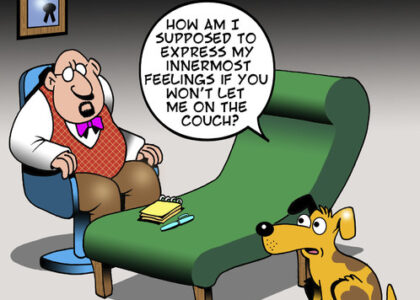Hi, I’m Kit Lennox from Nova Scotia, and if you’re like me, you’ve probably found dog hair in places you never expected—on your clothes, in your car, and even floating in your morning coffee. My dog Tide is a gorgeous double coated dog breed, and for years, I felt like I was losing a never-ending battle against fur-covered floors and furniture. No matter how much I cleaned, brushed, or vacuumed, the shedding never seemed to stop. But after years of trial and error, I finally cracked the code on managing double coat dog shedding effectively. Now, I want to share what really works—along with expert-backed advice—to help you take control of the fur explosion in your home.
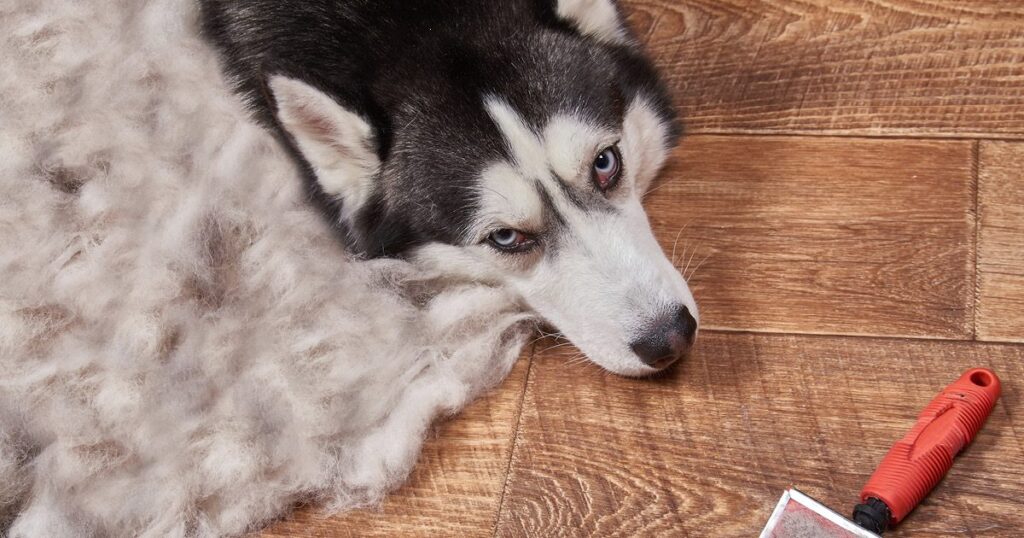
Table of Contents
- Why Dogs Shed
- Grooming Techniques to Reduce Shedding
- Bathing Strategies for Shedding Control
- The Role of Diet in Coat Health
- Supplements for a Healthier Coat
- Environmental Factors and Shedding
- Must-Have Products to Combat Shedding
- When to See a Vet About Excessive Shedding
- Professional Grooming: Is It Worth It?
- Consistency Is Key: Building a Shedding Control Routine
Why Dogs Shed
Before diving into solutions, it helps to understand why double coat shedding happens. Shedding is a natural process in which dogs get rid of old or damaged fur. Some breeds shed more than others due to their genetics, and seasonal shedding is common.
Factors that influence shedding:
- Breed and genetics
- Seasonal changes: Double-coated dogs experience two major shedding seasons: spring (shedding winter undercoat) and fall (shedding summer coat).
- Diet and hydration
- Overall health
- Stress levels
Excessive shedding could also be a sign of allergies, infections, or an unbalanced diet, so always keep an eye out for abnormal changes in your dog’s coat.
Grooming Techniques to Reduce Shedding
Choosing the Right Brush
Not all brushes are created equal. The right grooming tool can make a world of difference:
- For double-coated dogs: The FURminator Undercoat Deshedding Tool is a top choice for reaching deep to remove undercoat fur.
- For short-haired breeds: A rubber curry brush helps loosen fur effectively and it can be used during baths to massage and clean fur.
- For daily use: Pet Grooming Gloves are perfect for quick touch-ups and removing loose hair easily.
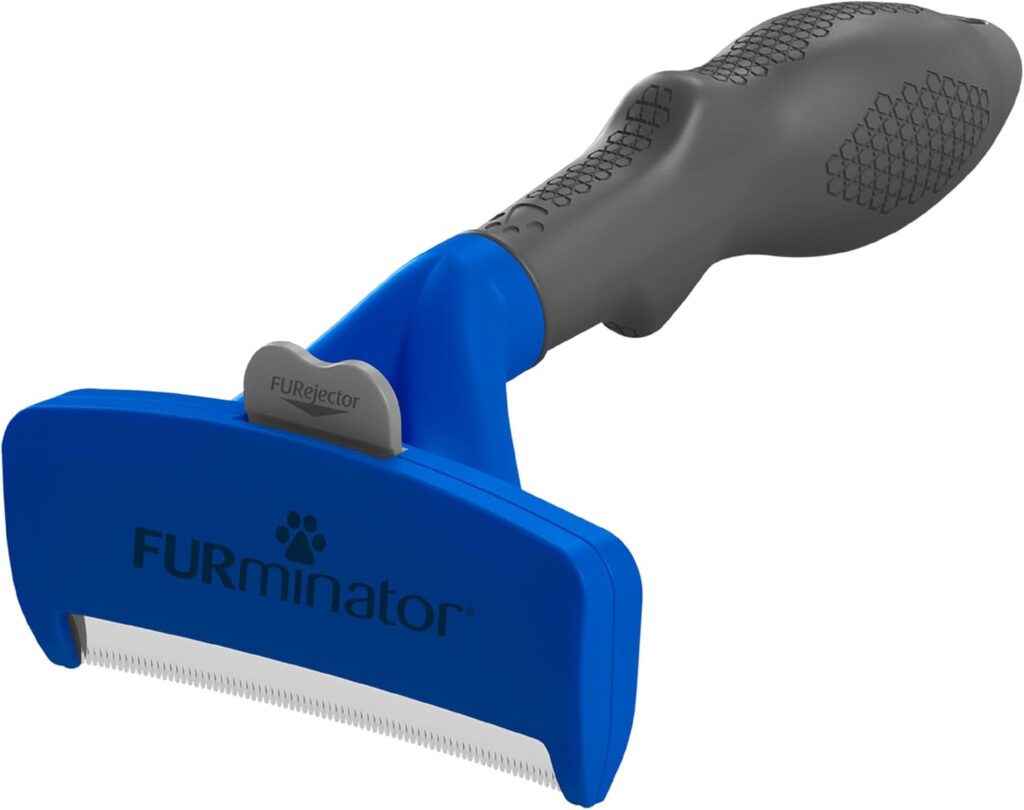
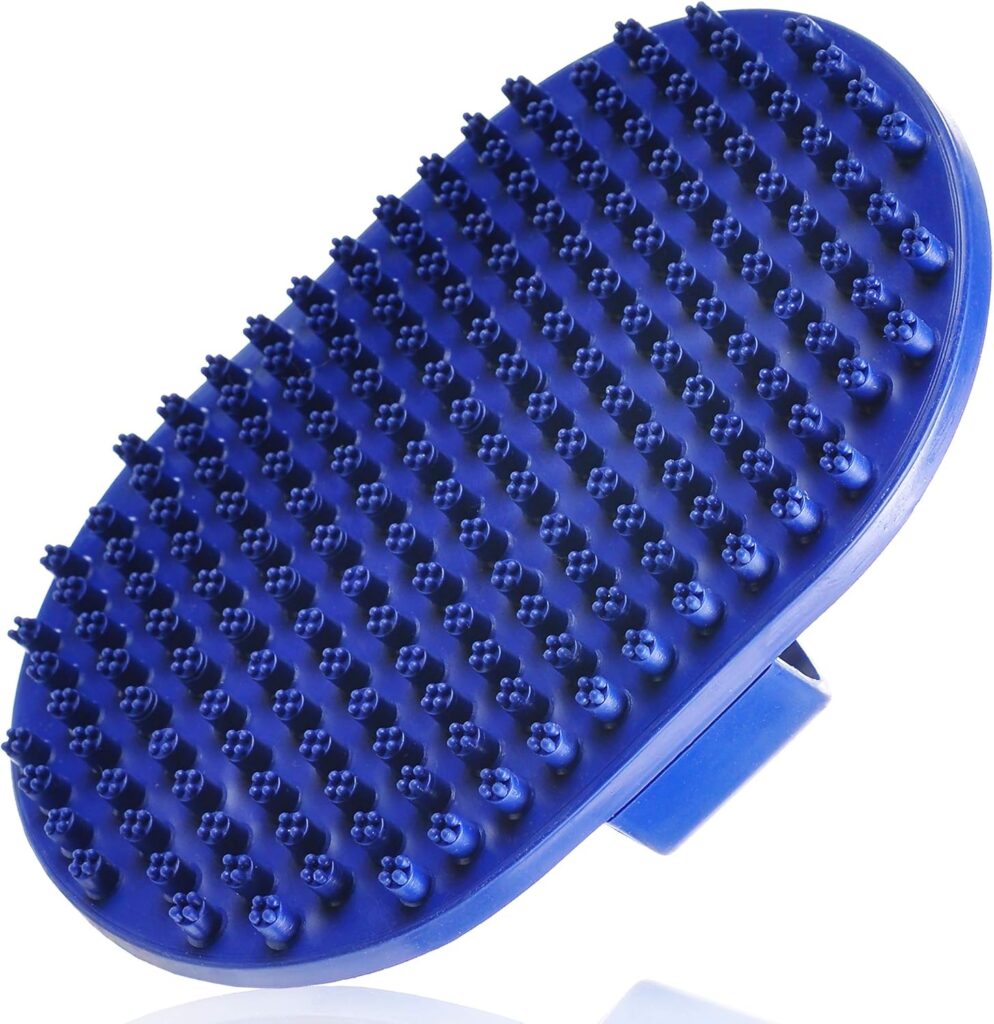
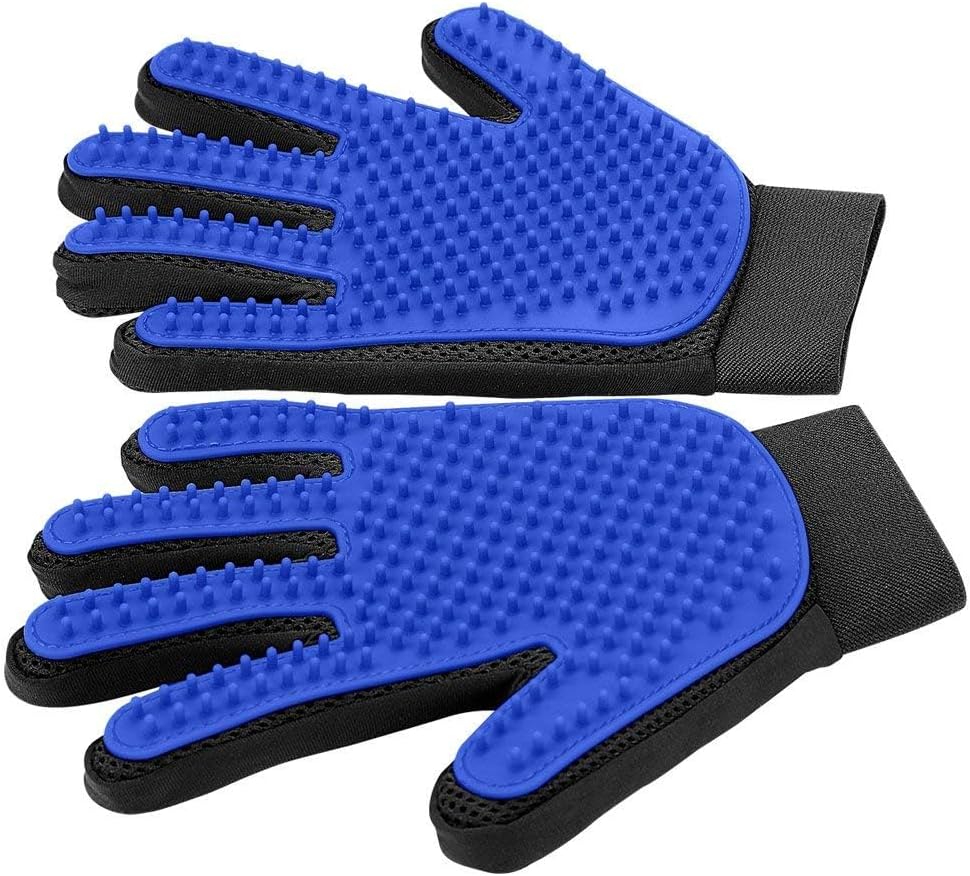
Brushing Frequency
The more you brush, the less hair ends up around your home:
- Heavy shedders (like Tide): Daily brushing is best.
- Moderate shedders: 3-4 times a week.
- Light shedders: Once or twice a week.
Effective Brushing Techniques
- Always brush in the direction of hair growth.
- Be gentle, especially on sensitive areas.
- Use long, smooth strokes to remove loose fur efficiently.
Bathing Strategies for Double Coat Dog Shedding Control
Best Dog Shampoos for Shedding
Using a high-quality de-shedding shampoo can improve coat health and reduce shedding:
- TropiClean Deshedding Shampoo: Helps remove excess fur and hydrates the skin.
- Earthbath All Natural Pet Shampoo: A gentle formula perfect for dogs with dry or itchy skin.
Bathing Frequency
- Once a month is ideal for most dogs.
- During shedding season, consider bathing every 2-3 weeks.
- Over-bathing can dry out the skin, leading to more shedding, so use moisturizing shampoos.
The Role of Diet in Coat Health
Omega-3 and Fatty Acids
Healthy fats play a huge role in coat condition. I noticed a major improvement in Tide’s shedding when I added Zesty Paws Omega-3 Alaskan Fish Oil to his food.
Hydration and Its Importance
Dehydration leads to dry, flaky skin, increasing shedding. Ensure your dog has access to fresh, clean water at all times.
Supplements for a Healthier Coat
In addition to fish oil, supplements like Vital Pet Life Salmon Oil and PetHonesty 10-in-1 Multivitamin help maintain healthy skin and fur, reducing double coat dog shedding over time.
Environmental Factors and Shedding
Air Quality and Humidity
Dry air can worsen shedding by causing flaky skin. A humidifier helps maintain skin hydration, reducing loose fur and aiding in double coat control.
Managing Stress in Dogs
Believe it or not, stress can contribute to double coat dog shedding. Dogs prone to anxiety may benefit from:
- Calming supplements
- Sound machines for relaxation
- A stable routine and environment
Must-Have Products to Combat Shedding
- Pet Hair Lint Rollers: A quick fix for fur-covered clothes and furniture.
- BISSELL Pet Hair Eraser Vacuum: Designed to tackle dog hair effectively.
- De-shedding gloves: Great for a daily grooming routine.
- Dog-safe wipes: Keep loose fur under control between baths.
When to See a Vet About Excessive Shedding
If your dog’s shedding is excessive or abnormal, consult your vet. Warning signs include:
- Bald patches or thinning fur
- Constant scratching or licking
- Red, irritated skin
- Sudden changes in coat texture
Professional Grooming: Is It Worth It?
If at-home grooming isn’t cutting it, professional groomers offer de-shedding treatments that remove more fur than standard brushing. They also have access to tools like high-velocity dryers, which help blow out loose undercoat fur, significantly aiding in double coat dog shedding management.
Consistency Is Key: Building a Shedding Control Routine
Reducing shedded dog hair isn’t a one-time fix—it’s about consistency. Here’s what works best for Tide:
- Daily brushing (or at least several times a week)
- A high-quality diet with Omega-3 supplements
- Monthly baths with de-shedding shampoo
- A clean, low-stress environment
- Regular vet check-ups
DIY Dog Bath Stations for Shedding Control
One of the best ways to manage shedding is to have a dedicated bathing routine, and setting up a DIY dog bath station at home can make this process easier. If you don’t want the mess and hassle of washing your dog at home, consider using a self-serve dog wash station. These facilities provide all the tools you need to get your dog clean and de-shed efficiently.
For a deeper dive into how self-serve dog wash stations work and how they can help with shedding, check out my detailed guide: Foolproof DIY Guide: How Self-Serve Dog Wash Stations Work in 2025
These stations are a lifesaver, especially for heavy-shedding breeds like Tide, helping to contain the mess while giving your pup a professional-quality bath.
Wrapping Up
Shedding is a natural part of dog ownership, but with the right approach, you can manage it effectively. The goal isn’t to eliminate shedding (which is impossible) but to keep it under control so you and your furry friend can live comfortably.
If you struggle with double coat dog hair, try implementing these tips. Trust me—it makes a huge difference! Let me know in the comments how you manage the double coat dog shedding or if you have any favorite de-shedding tools.



